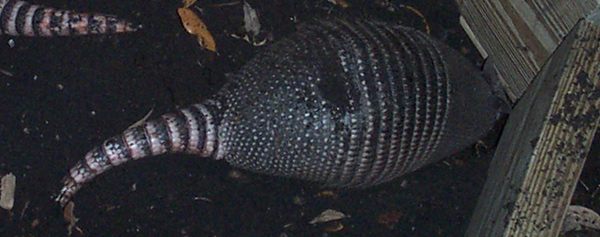- info@wildlife-removal.com
Call us for help in your town
Wildlife Removal Education
The Armadillo's Diet
Need armadillo removal in your hometown? We service over 500 USA locations! Click here to hire us in your town and check prices - updated for year 2020.
When you look at the range of different species that have found North America to be the perfect habitat, the armadillo is another invasive species, such as the brown rat, that has adapted well to these surroundings. From choosing a suitable habitat to being able to find enough food, the spread of the armadillo population into the United States has seen many central, southern and south eastern states become home to the armadillo. These peaceful creatures are not generally a nuisance unless they find their way into urban or suburban areas, where they can then become a problem.

The Diet Of The Armadillo
The armadillo is an insectivore, meaning that it can eat all manner of different types of insects as a part of its diet. Research into the species have found that there is also a small amount of vegetable matter that the animal will usually consume, while the armadillo can also eat other small animals from time to time, depending on what is available. In urban areas, the armadillo is sometimes spotted scavenging in garbage bags where it can detect the smell of meat, but this is generally a backup option rather than the preferred diet of the armadillo.
The Foraging Technique Of The Armadillo
These clever creatures have a very advanced sense of smell, so the technique that they usually use will involve using this sense of smell to detect the presence under the surface of grass and soil floors. They will then dig small holes in the surface to snatch those little creatures and eat them. One of the interesting techniques that an armadillo will use is when it is trying to get at wasps that are inside a ground level nest, and the armadillo will roll on top of the nest to attract the wasps to the surface, where they are then consumed.
What Does An Armadillo Eat In Urban And Suburban Areas?
Although armadillos are generally insectivores, they do have some flexibility in their diet, and in a small number of cases they may look to root through garbage to find meat, fish and vegetables that have been discarded. However, even in these areas the armadillos will look for lawns and flower beds which are regularly watered, as these will be a good source of insects, worms and grubs, and will then do much of their foraging in these areas, causing a fair amount of mess in the process.
Go back to the Armadillo Removal page.


















